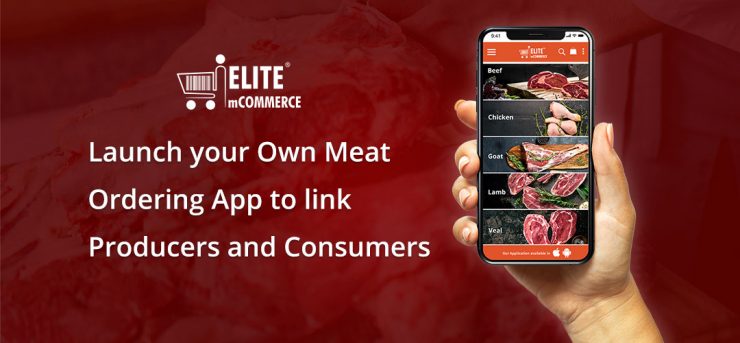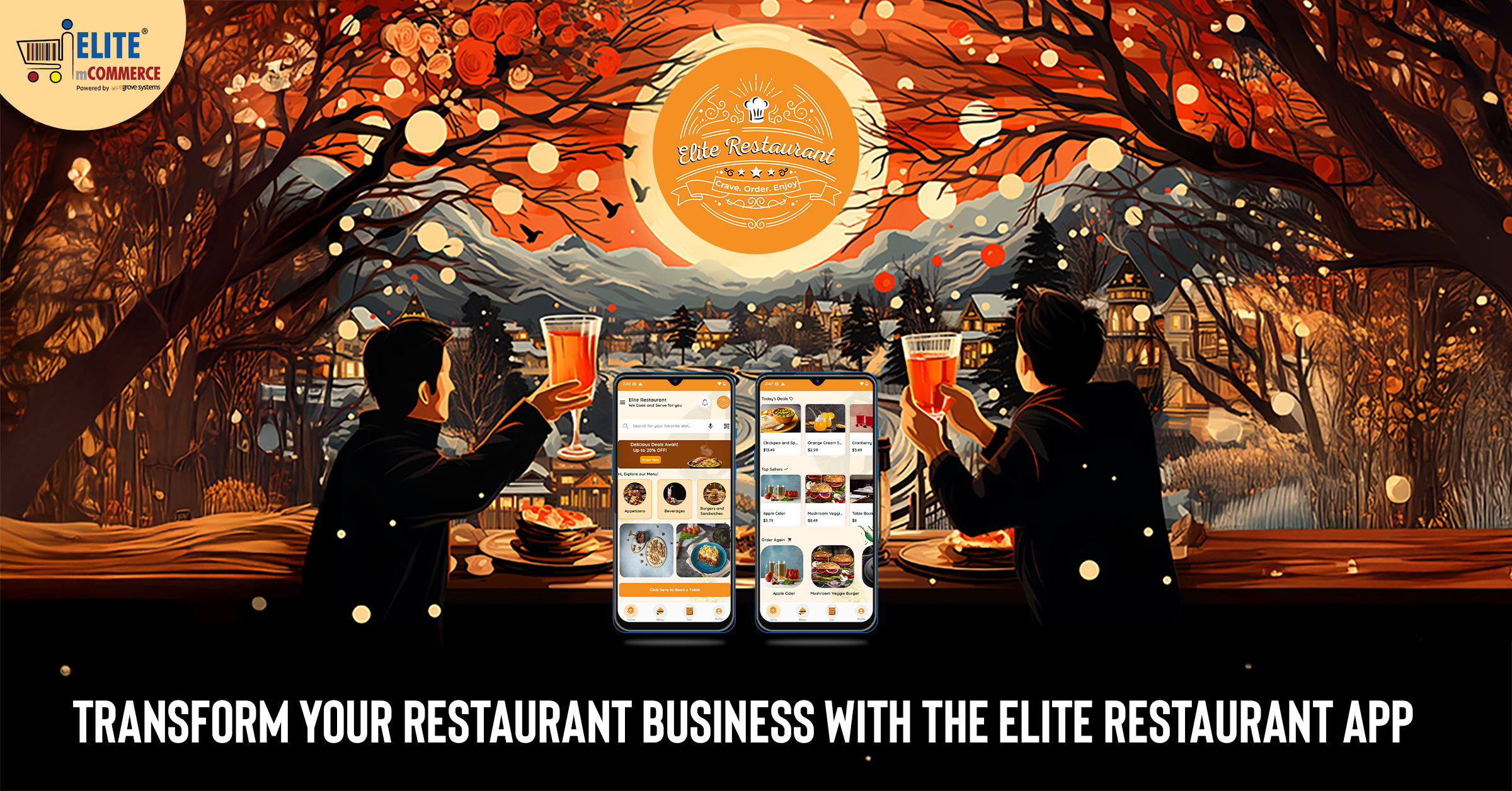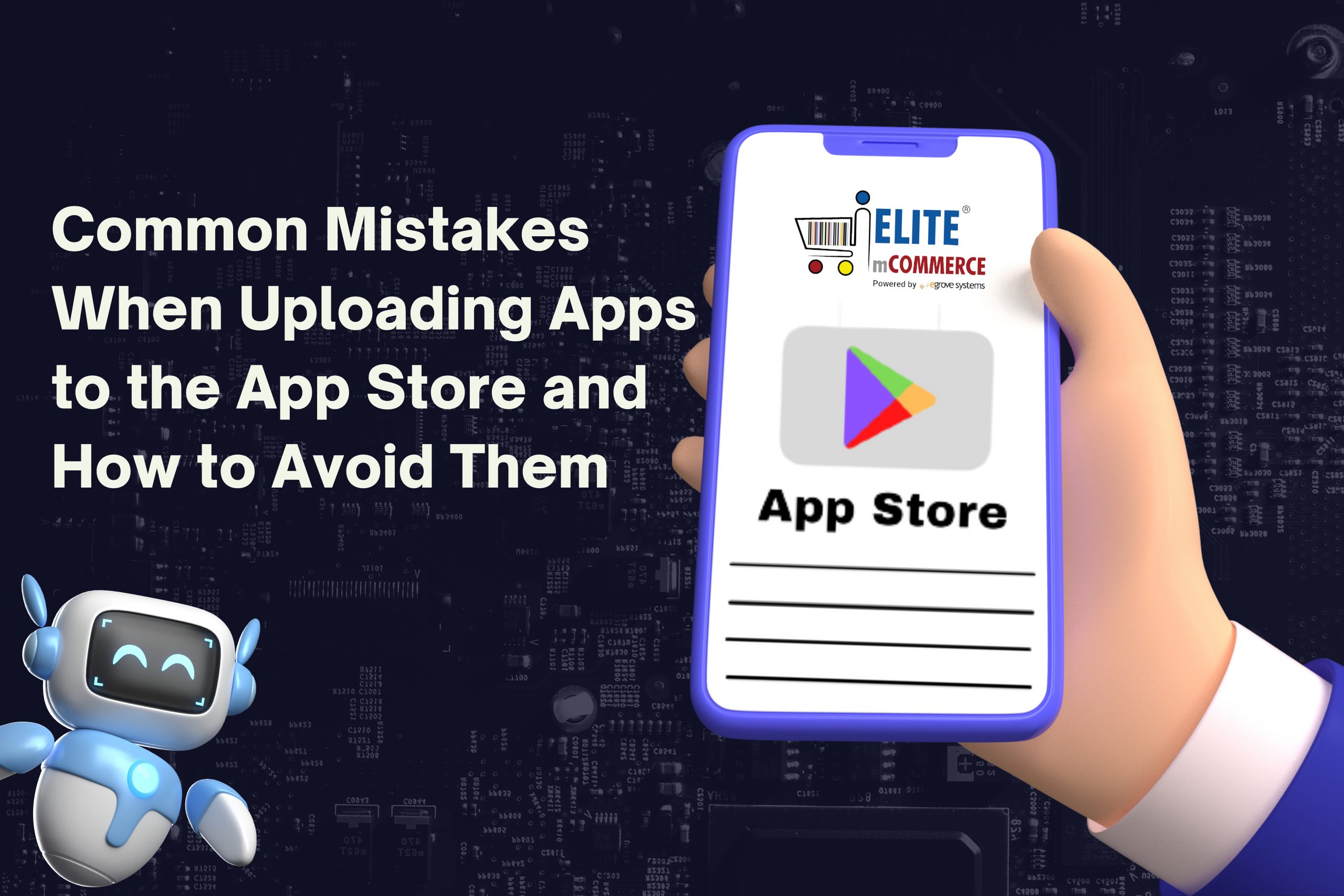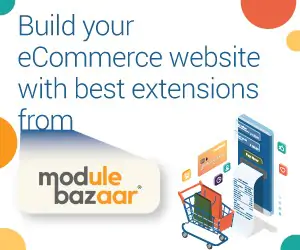As restaurants and grocery stores move to sell online, other foods and beverage companies are following. Meat delivery is a growing trend that gives consumers access to superior meat much more easily than ever before through mobile sales apps.
Butcher shops have been outcompeted by supermarkets, significantly reducing the variety of cuts and meats available to the average consumer. eCommerce stores are increasingly viable for local sales due to increases in efficiency of shipping and ordering. Customers can make larger-scale purchases and get them delivered frozen and vacuum-sealed for the best preservation possible.
Due to the effects of the pandemic, many restaurant wholesalers are looking for opportunities to sell high-quality meat, and customers are likewise spending more time cooking for themselves. Shortages and jumps in meat prices have also taken place due to supply chain disruptions, and customers are less willing to visit multiple storefronts to find their preferred cut of meat. Online ordering opens up new options for connecting suppliers with their ultimate customers, creating a new market for products from steaks to seafood.
Entering the market for online ordering is still viable even though several popular options are active already. The growing demand has overwhelmed some existing meat delivery companies—for instance, ButcherBox, a leading brand, currently has a waitlist for new customers.
Setting Up A Meat Ordering App
Sellers can take advantage of a meat ordering app by creating their own layout, categories, and descriptions in order to convey the various qualities that customers are looking for in their meat and seafood. Customers can make purchases of preferred cuts or styles of meat, by weight, or by source. For example, the Crowd Cow service lets customers choose which farm their meat comes from. Vendors can define pricing based on the quality and popularity of each and every item in their inventory.
Meat delivery apps can be used by butchers to deliver to existing local customers, caterers, and restaurants, but they also have room for greater expansion. Unlike grocery store apps, meat delivery apps aren’t constrained to local areas. As long as they are able to work out refrigerated shipping solutions, many offer delivery across the U.S., which significantly expands their potential customer base. Promoting larger orders can lead to more efficient and affordable shipping, which stores can encourage by offering special combo bundles of various meats or providing free or discounted shipping for higher-priced orders.
Customers will pay a premium for the ability to pick the qualities they want most in their food. On a meat delivery app, vendors can list the special details that customers prefer in the descriptions and categories of meat they sell. Buyers who have preferences toward the grass-fed, free-range, sustainably-sourced, and humanely-produced meat can easily find it, and the same goes for other qualities that buyers find especially desirable.
Read more : How is the Online Meat Segment Catching Up The Market?
Making a Meat Ordering App Stand Out
It’s vital to stand out in a growing market for online meat delivery. Having a diverse inventory with a wide variety of options can get customers’ attention, especially if you can offer unique cuts or specialities that other stores don’t have. Following trends in cooking news can help to identify which products are rising in popularity so you can promote them as part of introductory deals or in the main screen of your store.
Rapid delivery times and clear communication with customers is also vital in this industry. Using the app’s features to update customers on when their orders are arriving is extremely valuable to assure them of the quality of the delivery process. Offering discounts and rewards for repeat business can create loyal customers.
Launching an ordering app is an ideal solution to the problem of connecting meat suppliers to customers. Shoppers will leap at the chance to get the highest-quality meat and seafood that they never would have been able to access in the past. Purchases via mobile app may prove to be convenient for both home consumers and commercial purchasers of meat due to the convenience factor.









Add comment